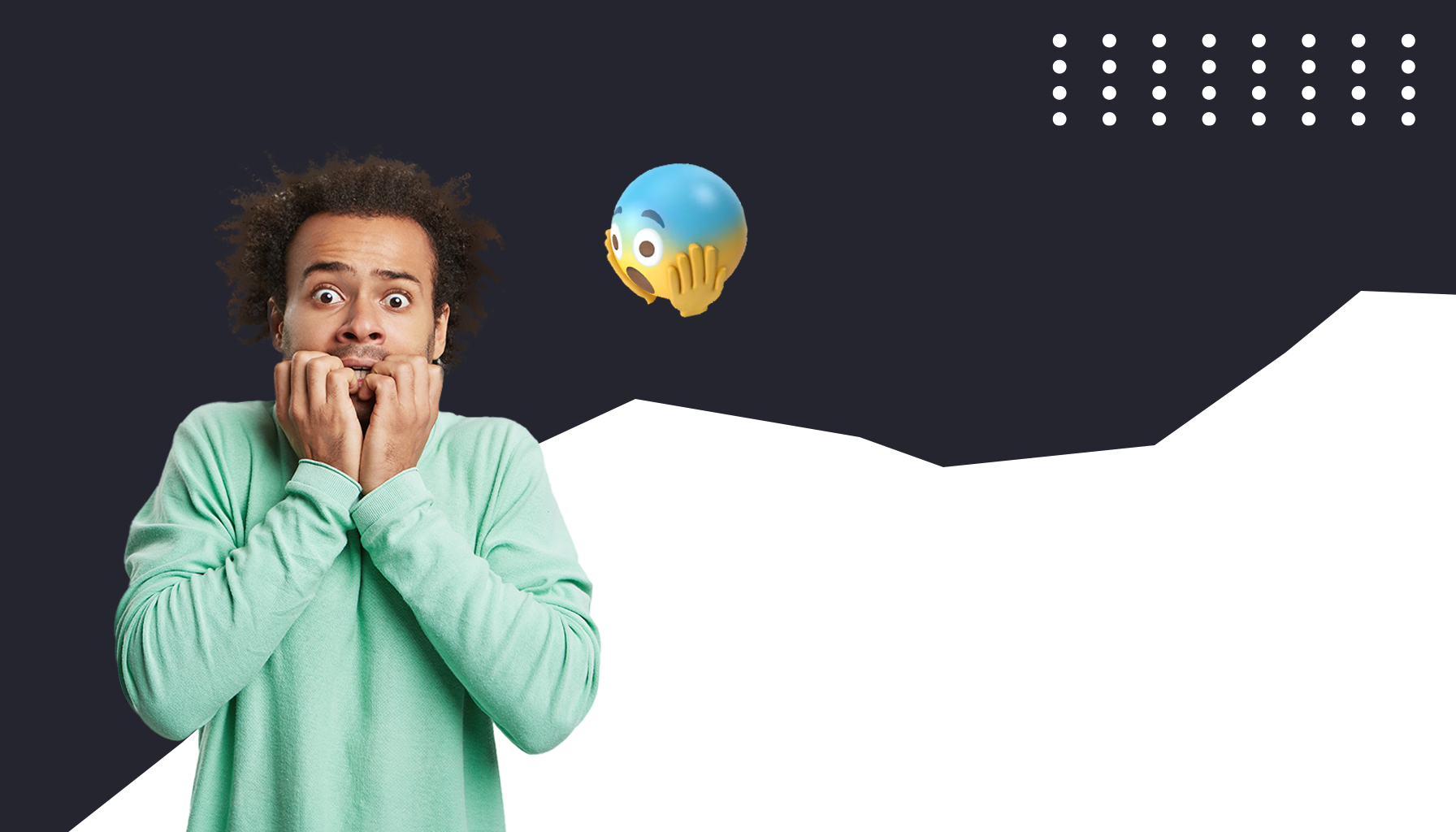
In the exhilarating marketing world, where attention spans are as short as a goldfish’s memory and competition is fiercer than a lion’s hunger, brands are constantly seeking out the newest, most innovative ways to grab their audience’s attention and keep them hooked. And that’s where FOMO marketing examples (Fear of Missing Out) step in like a mischievous imp, whispering sweet nothings into our ears and tempting us with the promise of exclusive experiences and limited-edition goodies.
FOMO has become an integral part of our human experience. We’re constantly bombarded with images and stories of others’ experiences, making us question whether we’re missing out on something cool, exciting, or just plain awesome.
In this blog post, we’ll take you on a journey through the world of FOMO-driven marketing. We will reveal 6 FOMO Marketing examples that showcase how brands have successfully tapped into this powerful emotion to drive engagement, boost conversions, and elevate their overall performance. Get ready to discover how these brands have turned the Fear of Missing Out into a competitive advantage, and learn how you can apply these strategies to your marketing campaigns.
Understanding FOMO in Marketing
FOMO, the Fear of Missing Out, is not just a fleeting emotion; it’s a powerful psychological force that drives our desires and behaviors. This innate human tendency to want what others have, coupled with a fear of being left behind, creates a sense of urgency and scarcity, urging us to take action before it’s too late.
The Persuasive Power of FOMO
FOMO’s influence on consumer behavior is undeniable. Studies have shown that FOMO can significantly impact purchasing decisions, leading to impulse buying, increased engagement, and brand loyalty. In one study, 57% of participants admitted to making a purchase they didn’t need due to FOMO. Another study found that 86% of millennials are more likely to buy a product if it’s advertised as a limited edition.
FOMO marketing can be a potent tool for brands seeking to boost their performance. Here are some of its key benefits:
- Increased Urgency and Impulse Buying: FOMO creates a sense of urgency, prompting consumers to act quickly before the opportunity passes. This can lead to impulse purchases and increased conversions.
- Improved Customer Engagement and Brand Loyalty: By tapping into the desire to feel included and abreast of trends, FOMO can foster stronger customer engagement and brand loyalty.
- Creating a Sense of Exclusivity and Demand: Limited-time offers, scarce products, and exclusive access programs can create a sense of exclusivity and demand, making consumers feel special and valued.
6 Real FOMO Marketing Examples
Let’s explore six real-world campaigns that have successfully harnessed this powerful psychological trigger. From Nike’s exclusive “Sneaker of the Month Club” to McDonald’s iconic Monopoly game, these examples showcase how brands across industries have utilized FOMO to captivate their audience and achieve remarkable results.
1. Nike’s Membership:
Nike’s Membership is a subscription service that gives members early access to new releases and exclusive discounts. This program has been very successful for Nike, as it has helped to drive sales and increase brand loyalty.
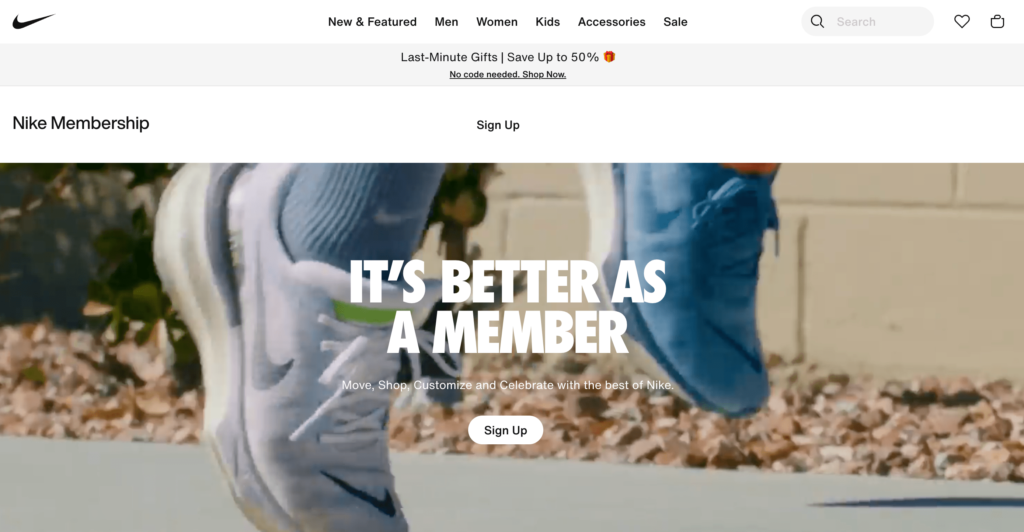
2. McDonald’s Monopoly game:
McDonald’s Monopoly game is a classic example of FOMO marketing. The game creates excitement and anticipation by giving away prizes, including cash and cars. The Monopoly game is a limited-time promotion, and the prizes are only available for a short period. This creates a sense of urgency among players, who are motivated to collect as many game pieces as they can before the promotion ends.
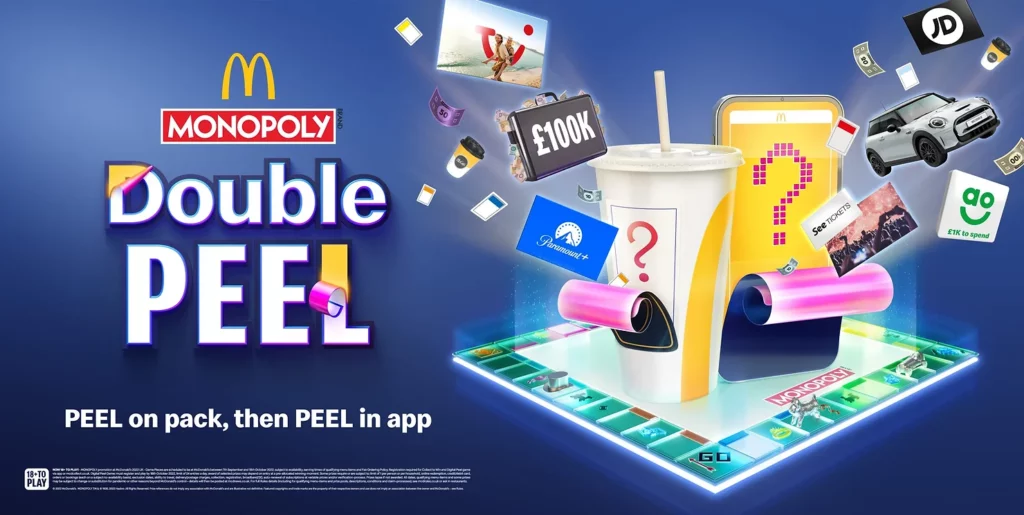
3. Starbucks’s “Frappuccino Happy Hour”:
Starbucks’s Frappuccino Happy Hour is a limited-time promotion that offers discounted Frappuccinos. The promotion is typically held in the afternoons, and it is a popular way for Starbucks to get customers in the store. The discounted Frappuccinos are only available for a short period, which creates a sense of urgency among customers. Starbucks is a master brand when it comes to FOMO, for example, they offer seasonal drinks that are only available for a few months of the year.
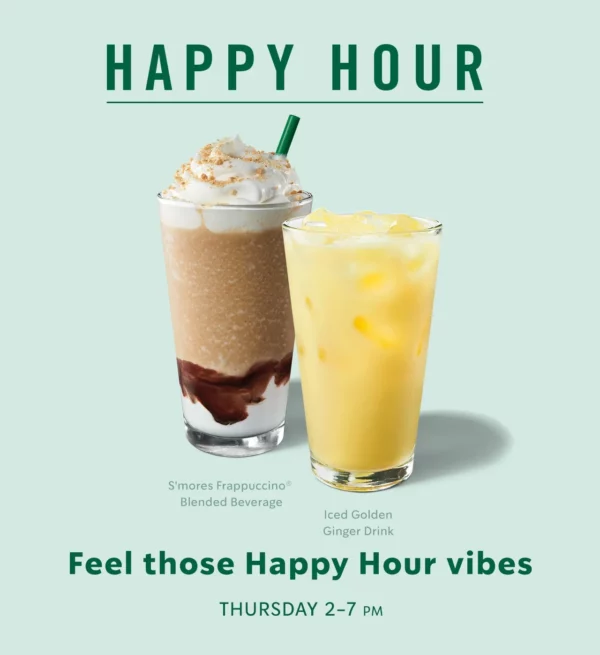
4. Macy’s Black Friday sales:
Macy’s Black Friday sales are a legendary example of FOMO marketing. The event is known for its deep discounts and exclusive deals, which have helped to drive sales and increase brand awareness. Macy’s Black Friday sales are a limited-time promotion, and the deals are only available for a short period. This creates a sense of urgency among customers, who are motivated to shop early to avoid missing out on the best deals. Black Friday in general is the ultimate example of FOMO, as it has a very limited timeframe.
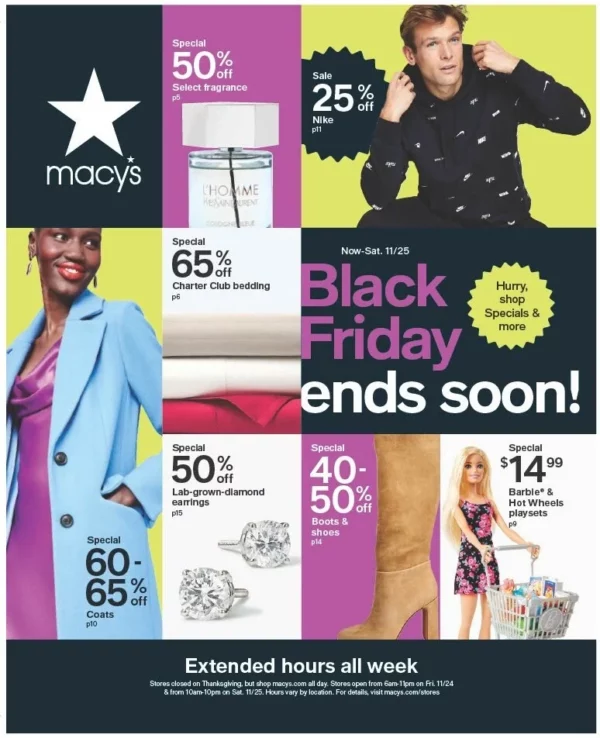
5. H&M’s limited-edition collections:
H&M is known for its limited-edition collections, which are often inspired by popular trends or celebrities. These collections create a sense of scarcity and demand, making customers more likely to purchase them. H&M’s limited-edition collections are often promoted through social media and email marketing, which helps to create a sense of FOMO among customers.
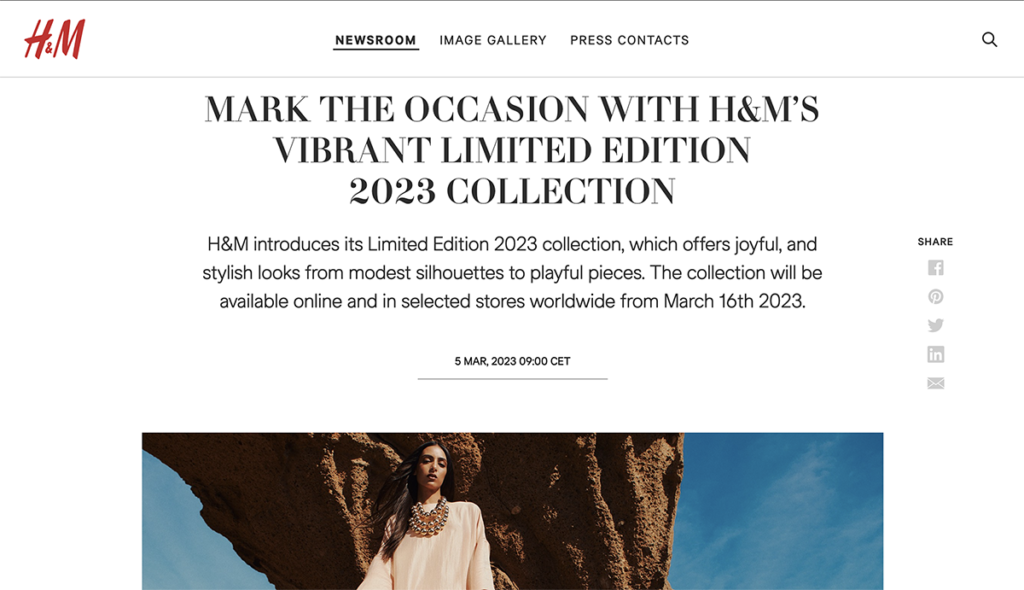
6. Supreme Collabs:
Supreme is a streetwear brand that is known for its limited-edition products and exclusive collaborations. The brand’s marketing strategy is based on FOMO, and it has been very successful in driving sales and creating a cult following. Supreme’s products are often released in small quantities, and they are often sold out within minutes. This creates a sense of scarcity among customers, who are motivated to buy Supreme products to avoid missing out.
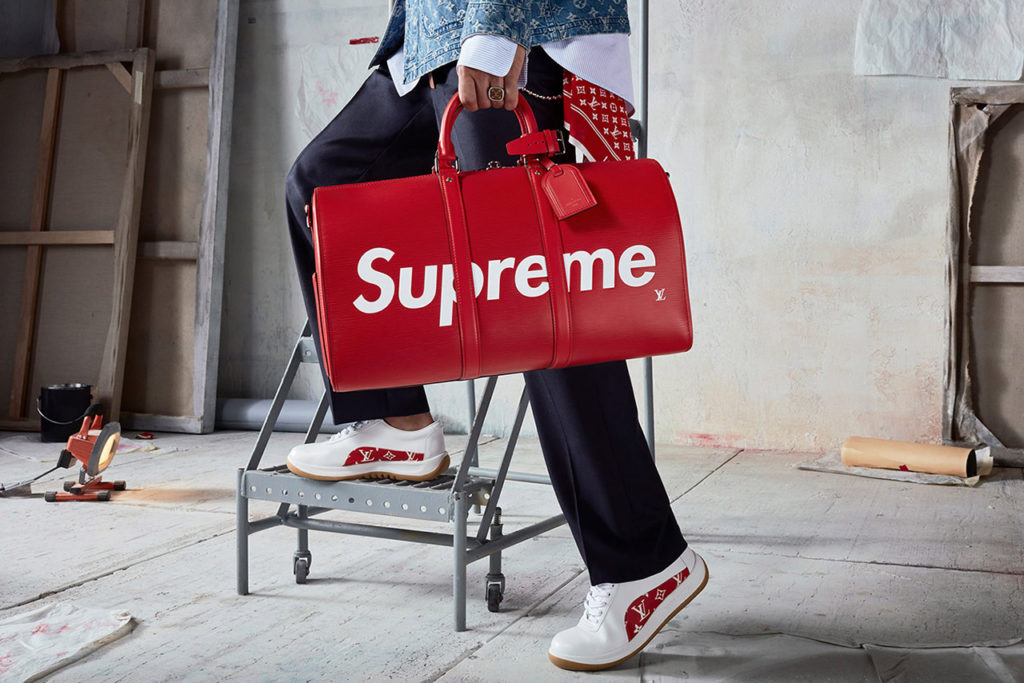
FOMO Techniques Leveraged by These Brands
There are different ways to use FOMO in Marketing, in these specific cases, here are the techniques that these brands used:
- Limited-time offers: Creating a sense of urgency by limiting the availability of a product or service is like a siren’s song, luring us in with the promise of something special. Limited-time discounts, flash sales, and early bird promotions can drive immediate action, as customers fear missing out on an opportunity they might never get again.
- Flash sales: A flash sale is a short-term event where products are offered at deeply discounted prices. These sales are typically announced on social media or through email, and they can last anywhere from a few hours to a few days. Flash sales are a great way to generate excitement and drive sales quickly.
- Exclusive access: Providing customers with exclusive access to products, services, or events can create a sense of exclusivity and demand. This can be achieved by offering early access to new releases, hosting private events, or creating special VIP programs. Exclusive access can be a powerful way to build brand loyalty and encourage repeat business.
- Social proof: Social proof is the idea that we are more likely to do something if we see that others are doing it. This can be a powerful tool in marketing, as it can create a sense of urgency and scarcity. By showcasing positive reviews, testimonials, and social media mentions, brands can show potential customers that others are enjoying or benefiting from their products or services. This can make potential customers feel like they’re missing out if they don’t join in.
- Countdowns and timers: Countdown timers are a great way to create a sense of urgency and excitement. By showing how much time is left until a sale or event ends, you can encourage customers to act quickly before it’s too late. This can be a particularly effective tactic for online retailers, as it can help to drive impulse purchases.
- Limited stock or limited editions: Limited-edition products can create a sense of scarcity and demand, making customers more likely to purchase them. This is because people are naturally drawn to things that are rare or exclusive. By releasing limited-edition products, brands can generate excitement and drive sales.
Tips for Implementing these FOMO Marketing Examples
FOMO, that sneaky little emotion that whispers sweet nothings in our ears and tempts us with the promise of exclusive goodies, can be a powerful tool. But harnessing this mischievous creature requires a delicate touch and a sprinkle of playful persuasion.
Know Your Audience
Before diving into the world of FOMO marketing, it’s crucial to understand the unique desires and aspirations of your target audience. Conduct thorough audience research to uncover their purchasing behaviors, interests, and what triggers their FOMO. Identify what makes them tick – is it limited-time discounts, exclusive access, or social proof? By understanding their motivations, you can tailor your FOMO tactics to tickle their fancy and make them dance to your marketing tune.
Select the FOMO Strategy That Plays Your Audience’s Tune:
Not all FOMO strategies are created equal. Just like a DJ mixing beats, you need to choose the FOMO tactic that perfectly complements your product or service’s groove. For instance, limited-time discounts or flash sales might be the perfect beat for impulse purchases, while VIP programs or exclusive collaborations might provide the right rhythm for high-end items or niche audiences. Consider your unique offering and your audience’s preferences when selecting the FOMO strategy that will get them groovin’ to your brand.
Tame the FOMO Monster Without Becoming a Menace:
While FOMO can be an irresistible force, it’s important to use it responsibly and ethically. Overusing FOMO tactics or creating an unrealistic sense of scarcity can backfire, turning your audience into skeptical grumpkins. Instead, focus on creating genuine value and building genuine trust with your customers. Highlight the unique benefits of your offerings and the exclusive benefits of being a part of your brand community. By striking a balance between excitement and authenticity, you can create a lasting relationship with your audience that’s as sweet as a freshly baked batch of FOMO-inducing treats.
The Bottom Line
Remember, FOMO marketing is not a magic wand, but a playful tool that can be wielded with great success. By understanding your audience, choosing the right strategies, and maintaining a genuine approach, you can unleash the power of FOMO to drive sales, build loyalty, and establish your brand as a leader in its field. So, grab your marketing tools, sprinkle some playful FOMO magic, and watch your audience dance to your brand’s rhythm!






